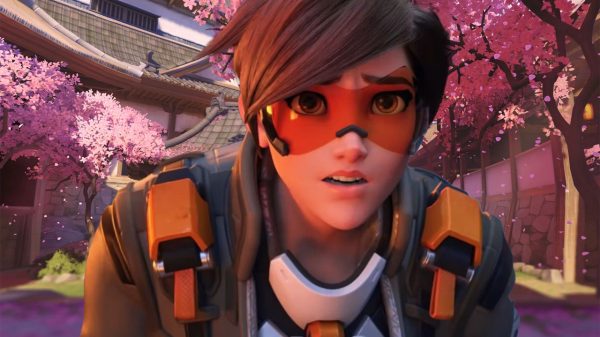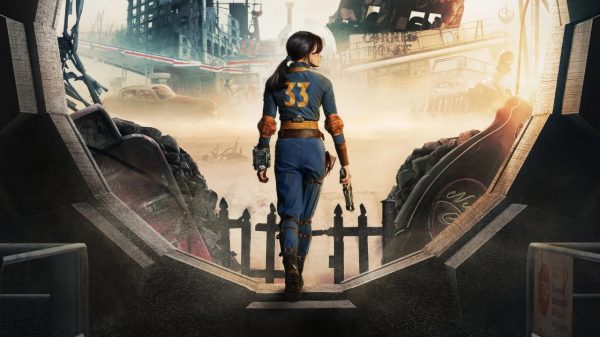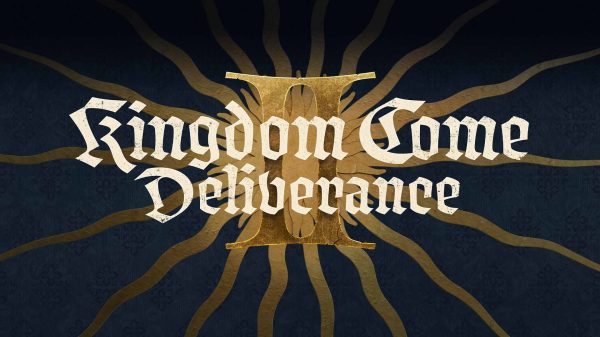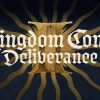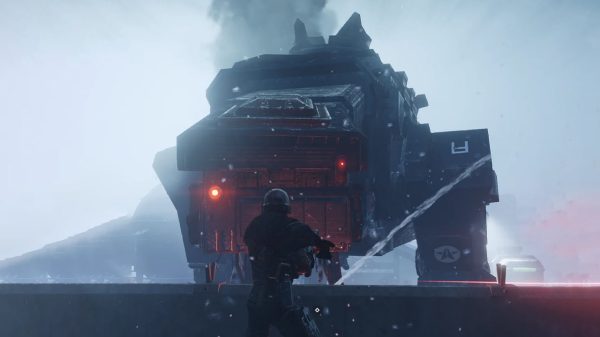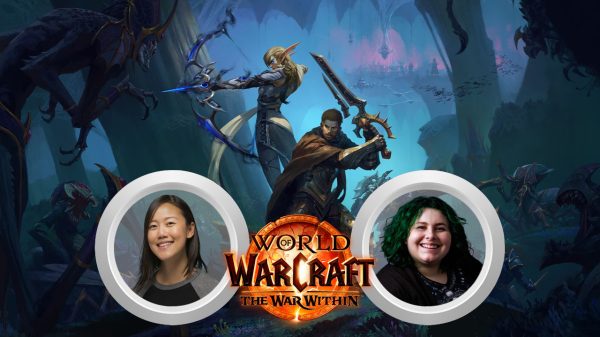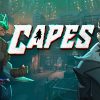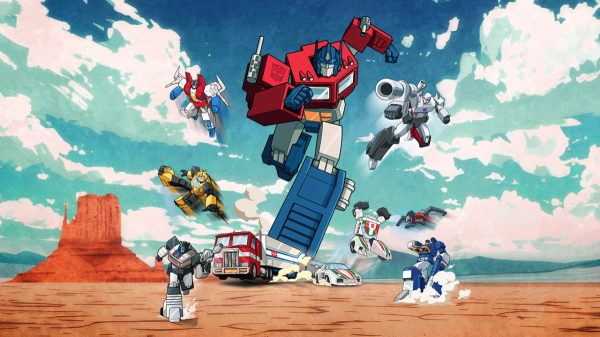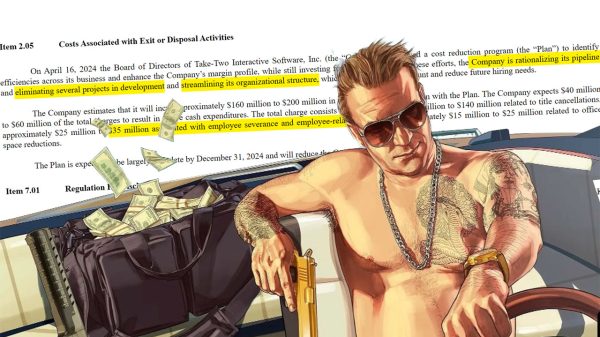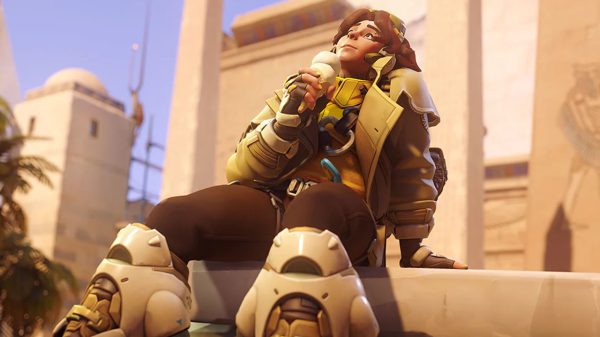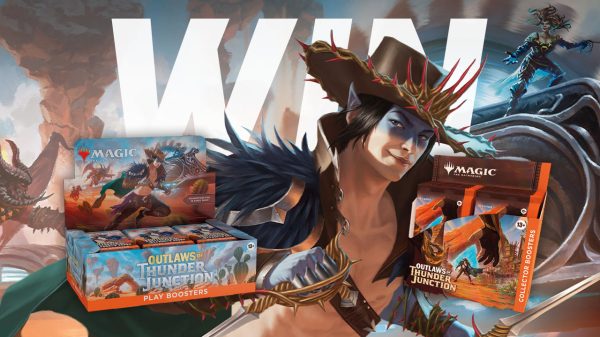It doesn’t take a rocket scientist to understand that the Soulsborne games are some of my favourite around. One of the things that really drew me towards these games was the way the combat works; the main tenet is that you get greedy and you’ll be punished. Timing is everything and if you made a mistake, you were punished for it – it’s fair. So when I heard that there was a new game from Team Ninja (the masterminds behind the brutally difficult Ninja Gaiden), I was naturally intrigued; the more I learnt about what Nioh was, the keener I became. Now that I’ve had plenty of hours with Nioh, I can confirm that it’s a brilliantly solid action-RPG that, while sharing a lot of DNA with the Soulsborne titles, stands proudly on its own merits too.
Nioh is set in Japan during the 1600s, in a fictionalised version of the Sengoku period (not to be confused with Son Goku from Dragon Ball Z). You assume control of William (loosely based on the infamous historical Western samurai, William Adams) an escaped British convict whose Guardian Spirit, Saoirse (pronounced seer-shuh), was stolen from him by an ominous evildoer named Kelley. Upon reaching Japan’s shores in search of Kelley, William is recruited by Hattori Hanzo, servant to Tokugawa Ieyasu, to aid him in defeating the yokai that have come in large numbers as a result of the ongoing war. Yokai are essentially embodiments of malevolence, which explains why they have grown rather populous during the war. Nioh features an easy to follow plot with a myriad of interesting and often bizarre characters, my favourite being Okatsu – a badass princess who breaks the stigma that princesses are helpless victims waiting in a castle to be rescued. Even the fact that 95 percent of the dialogue in the game is in Japanese with English subtitles didn’t make me lose track of anything and the plot rolls along at a decent pace.
Team Ninja have done their best to be historically accurate while also adding a fictional spin to the history that a lot of Westerners probably don’t know. One of my favourite parts about the story and setting is how it touches on various aspects (both positive and negative) of humanity. Addressing issues of righteousness, slavery/racism and love, it gives you an understanding of what people of that period went through. Not only is the game fun, it’s kind of educational at the same time, and certainly invoked a curiosity about Japan’s vibrant history. It definitely left me wanting to actually research and learn about the historical figures displayed in the game, but obviously some of the stuff in the game is purely fictitious (for example there were no towering fire demons or giant enemy crabs in 17th century Japan).
Have a very brief lesson on Japan’s rich history
Instead of just being an open-world game, Nioh is segmented like your standard linear game. It features main missions which help you progress the story and sub-missions which aren’t essential, but are definitely recommended as they help keep you from becoming under levelled and also provide some good gear for you to don. Speaking of levels, each mission has a difficulty range which is determined by how close you are to the recommended level, but the recommended level isn’t what you think. Each piece of gear has its own level, for example you can have a level 90 helmet while wearing level 60 gauntlets. Your gear level (an invisible stat) is determined by the average level of your gear. So when a mission has a recommended level, it isn’t talking about your character level, but it’s talking about your gear level instead. Don’t get me wrong, having a higher character level definitely helps, but the gear is what’s important. The higher your gear level, the lower on the difficulty range the mission will appear to be. But don’t think that you have to adhere to these recommended levels. You are more than capable of tackling these mission under levelled, in fact I repeatedly managed it.
In terms of gameplay and mechanics, Nioh is one of the best games I have played in a while, striking a balance between depth and simplicity. The stance system is a great mechanic, whereby each weapon can be held in a high, mid or low stance. Each stance determines the speed and power of the move set. High stances provide slower, but harder hitting moves, low stances provide quick and light moves and the mid stance is a nice in-between. The stance mechanic adds variety to your combos and strategies, and extends the freedom of choice. As you progress through the game, you earn Samurai skill points, Ninjutsu points and Omnyo points. After you’ve earned enough of these points you can unlock skills and abilities and apply them to your stances. So you can choose to fully deck out your low stance while paying no attention to your high stances if you so please. Each weapon type (one-handed swords, dual swords, spears, kusarigama and axes) also has a different set of skills for you to unlock. My personal favourites were the one-handed swords and the dual swords, but every weapon is easy to use. The amount of choice available to you as a player is incredible and it adds depth to the game. Player choice and freedom is one of the biggest things Nioh has to offer and it nails it perfectly.
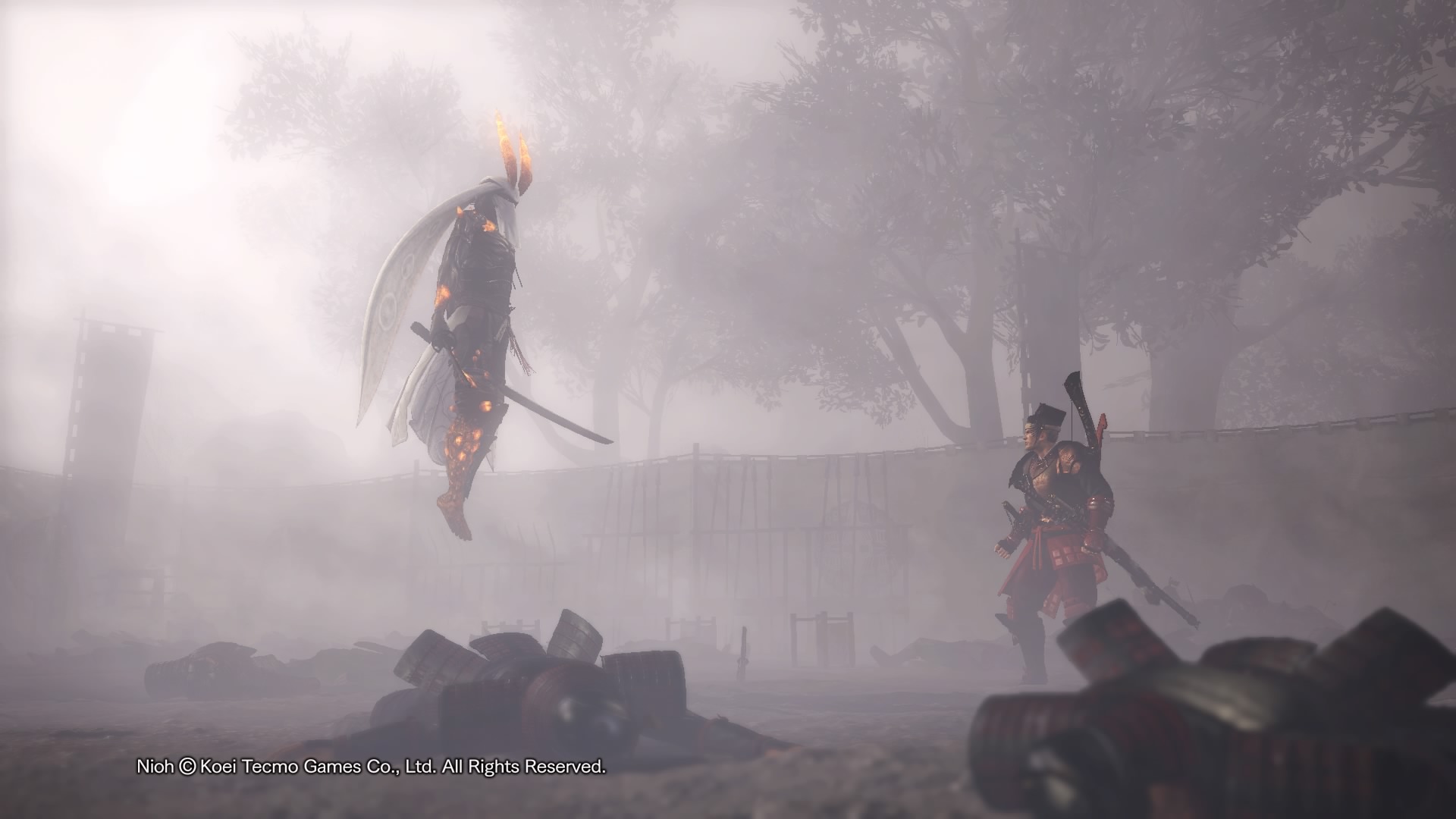
Redbull really does give you wings…
While the combat and gameplay is commonly compared to Dark Souls, I find a closer comparison would be with FromSoftware’s PS4 exclusive, Bloodborne. This is due to the fast pace and lack of shields, however in Nioh you can actually hold your guard up. The gameplay/combat is incredibly polished and the controls are quite responsive. I know some people might argue that you should be able to cancel out of attacks, but Nioh forces you to excogitate and understand what your approach will be rather than get angry when your character commits to a swing when you wanted him to dodge halfway through the command.
Now to the difficulty point. Yes, Nioh can be a difficult game, but after reading a lot of opinions about it I feel that the perception of the difficulty has been marred by exaggeration. During my playthrough, I was never really stuck. In fact, progression was quite smooth. I never hit a difficulty wall like the Capra Demon, Dragonslayer Ornstein and Executioner Smough or Knight Artorias from the original Dark Souls, let alone the infamous Ludwig, The Accursed from Bloodborne’s DLC, The Old Hunters. I can understand that some people would find the game difficult if they’re not really used to the way the combat works, where every movement is a choice whether you consciously make it or not. But the difficulty certainly isn’t insurmountable, in fact, once you get past the learning curve the game can become almost trivial. Most bosses were downed within 1-4 attempts, which really isn’t very much. The challenge is there for those whore aren’t accustomed, but to those who are, expect vanilla Dark Souls 2 levels of difficulty. Most of the challenge is getting to the bosses, but this brings up one of my main issues with the game – there isn’t an incredible amount of variety with the enemies. This is a major issue because it means that the difficulty curve is almost non-existent after playing the game for a bit. It’s a shame because there was a lot done right with Nioh, but enemy variety isn’t one of them. Getting towards the end I ended up cruising through as neither the enemies nor the bosses were overtly challenging. At least when it came to bosses, I had to learn their move sets in each fight, but the enemies became incredibly easy to read.
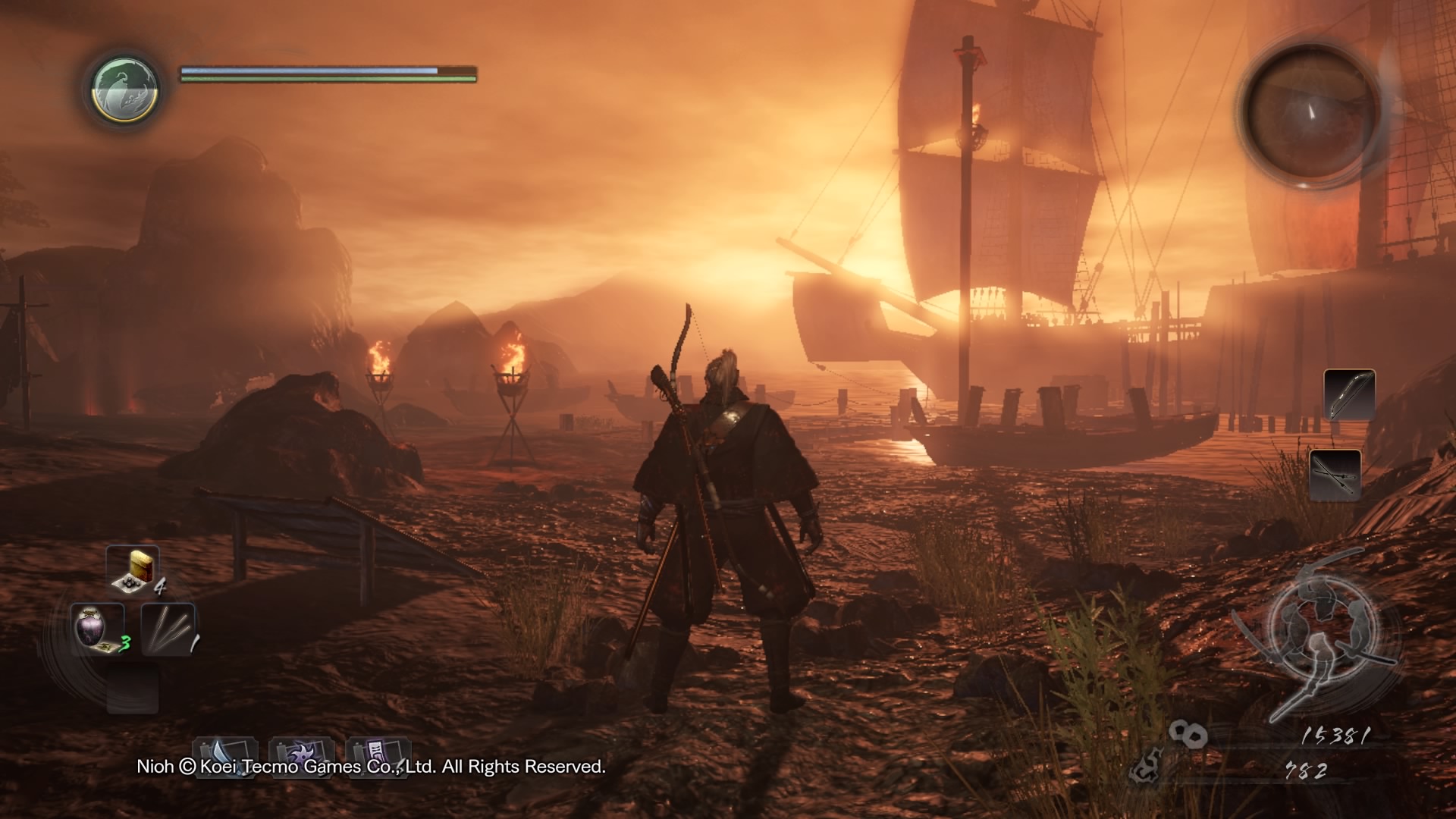
If only I could be so grossly incandescent
Another thing which should be noted is a little thing called Twilight Missions. These are missions that you have previously completed, but the level is increased exponentially and enemy placements are varied if not completely changed. The sky is an ominous blood red during these missions, but the difficulty harkens back to the issues of the regular missions. The lack of variety makes these missions quite easy to pass, especially seeing as the available Twilight Missions are randomised and only two are available at a time. During my playthrough, the only Twilight Missions I got were usually hardened versions of the first few missions and by the time they were available, I was quite over-levelled.
On an audiovisual level, Team Ninja have absolutely nailed it. Nioh’s graphics, while not on the same level as Horzion Zero Dawn, are still very good. It definitely has a fastidious attention to detail, with good lighting and very few technical hiccups that I experienced. But what’s good are the visual/performance options available to you. On the regular PS4, you can choose to have a 720p display output and run at 60fps or you can 1080p at 30fps. On the PS4 Pro, you can have 1080p at 60fps or 4K at 30fps. I personally prefer performance over visuals so I’ll always choose the 60fps option, but the fact that you can choose is great. I did find 1080p 30fps on a vanilla PS4 was a little stuttery, but it certainly wasn’t FromSoftware levels of unstable. I’m hoping this becomes a trend in games where resolution tradeoffs are made available by developers for those more interested in smooth framerates.
Nioh also features an online co-op side of play, but the way it works is a little strange and it brings up another issue I have with the game. If you wish to be a cooperator and help someone make it through the level they are in, you need to have finished the level already which brings a problem. If you want to play through the game from scratch with a mate, well… you can’t. You can’t have both you and your friend progress through the game together. Someone either has to have finished the game already or just push ahead once the other has completed a level you cooperated in. It seems like a very strange design choice. As someone who has completed the game, I can load up my character and join the world of someone who is in the first selectable level of the game and just destroy everything with minimal effort. I understand this design choice for password matchmaking (you set a password in your network settings so you can only be discovered by friends with a matching password) so you’re not shoehorned into making a new character to play with friend, but for public matchmaking it just seem to be a major balancing issue. This aside, hit detection and latency weren’t much of an issue when I did find someone to cooperate with.
Final Thoughts
Team Ninja have done an incredible job with the development of Nioh. With its wonderfully creative setting steeped in historically accurate detail, superb optimisation, good visuals and superlative combat with breakneck pace, Nioh offers a mechanically deep and fun game for all to enjoy. It isn’t without its flaws like lack of enemy variety, strange multiplayer matchmaking design choices and shallow difficult curve (for some), but that doesn’t take away from what a marvel Nioh truly is. To anyone who has a PS4, this is a must have title.
Reviewed on PS4
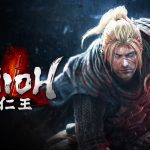
- Team Ninja
- Koei Tecmo, Sony Interactive Entertainment, Koei Tecmo Games, Sony Interactive Entertainment Europe
- PS4 / PC
- February 7, 2017



Jordan lives and breathes Dark Souls, even though his favourite game is Bloodborne. He takes pride in bashing his face on walls and praising the sun. Hailing from the land of tacos, he is the token minority for WellPlayed.






